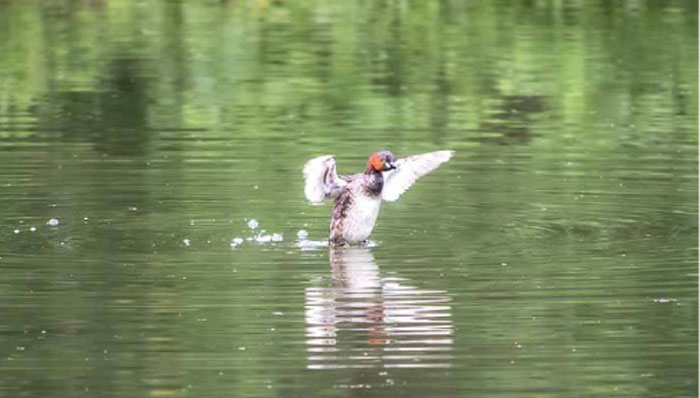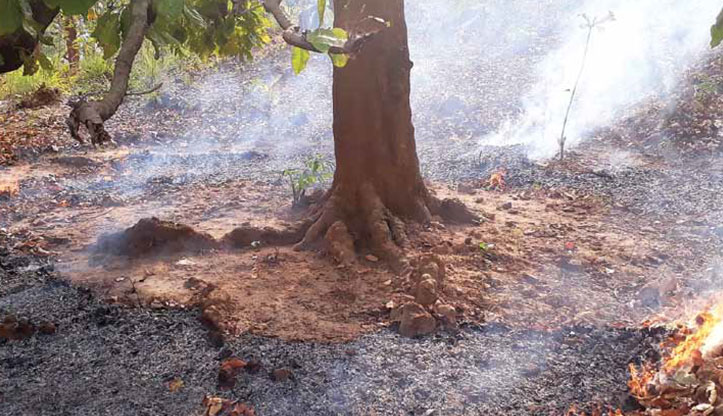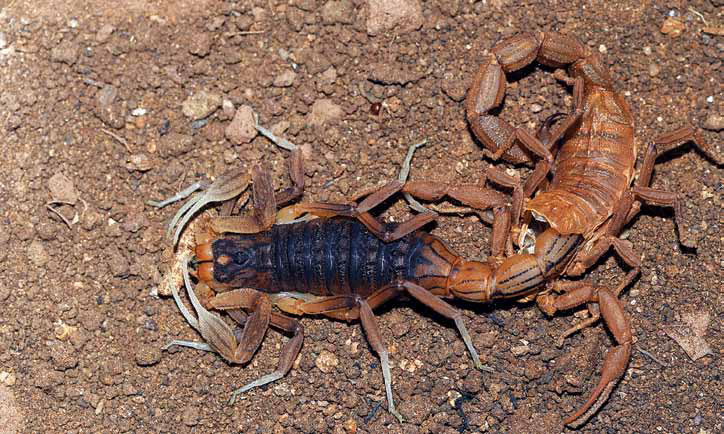
Vultures of Madhya Pradesh
By Aishwarya Laghate, Sunny Joshi
Vultures are nature’s most efficient scavengers that help maintain a healthy environment by disposing off animal carcasses and prevent spreading of zoonotic diseases. Madhya Pradesh is home to seven species of vultures, of which four are resident (White-rumped Vulture, Red-headed Vulture, Indian Vulture, and Egyptian Vulture) and the other three are winter migrants (Cinereous Vulture, Eurasian Griffon and Himalayan Griffon). In the late 1990s about 97% of the populations of these species got wiped up from the Indian subcontinent due to use of a NSAID (Non-Steroidal Anti Inflammatory Drug) called Diclofenac for cattle treatment. Four of the species, White-rumped, Red-headed, Long-billed and Slender billed became Critically Endangered, Egyptian Vulture became Endangered, Himalayan Griffon and Cinereous became Near Threatened as per the IUCN list of threatened species. In 2006 the drug got banned by the Indian government to save the remaining vulture populations.
Conservation and Challenges
Various conservation measures have implemented in order to resurrect the species’ population. Setting up of vulture breeding centers, vulture restaurants (a concept of safe feeding sites for vultures), and population censuses are established to determine their population status. However, the main conservation challenge was identified as the vultures’ low breeding rate, habitat loss, use of NSAIDs and electrocution, among other threats. With the collaboration of the Government of India and the MOEFCC, an Action Plan for Vulture Conservation was developed, which was updated in 2020- 2025 with the following five objectives:
- Prevention of poisoning of cattle carcasses, the principal food for Vultures
- Enhancement of Conservation Breeding Program
- Regular monitoring of vulture populations across the country
- Enhancing the Vulture Safe Zone (VSZ) Network
- Other Causes of Mortality – unintentional poisoning, collisions with power infrastructure and electrocution.
WWF-India initiated the project on Vulture conservation in 2021 in the Central Indian Landscape wherein surveys to assess the breeding success of Vultures in Madhya Pradesh are being carried out. A total of 8 sites have been selected which include Satpura Tiger Reserve, Chhindwara Forest Division, Nauradehi Wildlife Sanctuary, Obaidullaganj Forest Division, Kuno National Park, Gandhisagar Wildlife Sanctuary, Neemuch Forest Division and Seoni Forest Division

Indian vulture soaring, Nauradehi Wildlife Sanctuary
The following goals were set up to be achieved:
- Capacity building of forest staff for observing vulture behaviour; and recording data under vulture nest monitoring.
- Assess the breeding success and failure of vulture nesting in selected sites.
- Identification and mitigation of threats at selected vulture nesting sites
Methodology
Visual surveys were initiated in December 2021 when vulture pairs were in early mating and incubation phases. All the visible nests at assigned areas were located and marked for monitoring. Data was recorded from 8:00 AM to 11:00 AM. Important prerequisites for strengthening vulture conservation include regular estimation of vulture populations, longterm monitoring of nesting locations and breeding success, and more.
Sensitizing local staff to keep an eye on vulture populations, nesting habits, and threats close to their nesting areas would help to increase the knowledge availability and aid in creating stronger conservation action plans through management interventions.
A Way Forward
Regular Vulture Nest Monitoring:
This was the first attempt at these locations to train forest department and monitor vulture nesting. The trained personnel in these locations must continue to monitor the nests in their respective geographical areas. Furthermore, more sites must have trained forest staff to monitor the nests on a regular basis. WWF-India will continue to work with staff to improve their capacity for nest monitoring and will share the results at each breeding season.
Regular carcass availability:
It is necessary to establish vulture feeding stations or restaurants to ensure that their populations and breeding do not suffer as a result of a lack of food and water.
The feeding sites must be established while avoiding conflict with surrounding human populations, and they must be located in areas where vultures will feed.
Engagement of local communities:
Some vulture nesting locations are near villages, thus they are an important part of the local communities everyday lives. The responsibility for safeguarding critically endangered species ought to be transferred to rural areas as well. They will do their part by giving breeding pairs and chicks special attention, refraining from treating livestock with hazardous NSAIDs, engaging in sustainable agriculture with reduced use of chemical insecticides/pesticides, and making sure carcasses are discarded close to feeding areas.
Participation of stakeholders:
The inclusion of multiple stakeholders interested directly or indirectly in vulture conservation is the only approach to protect a species as a whole.
The Forest Department, the Animal Husbandry Department, which deals with the use of NSAIDs, the Food and Drug Association Department, which has the power to enact strict regulations on the use of vulture-harmful drugs like Nimesulide, Ketoprofen, and Aceclofenac, the Archaeology Department, and other departments should all work together to establish a strong foundation supporting the initiative.

Sighting Himalayan Griffon in Neemuch Forest Division

Awareness session in rural village of Neemuch Forest Division

Children pointing to White-rumped vulture nests

Egyptian vultures in agricultural fields, Nauradehi Wildlife Sanctuary

Nesting of White-rumped vultures, Nauradehi Wildlife Sanctuary

Egyptian vulture feeding in Chiklod village, Obaidullaganj Forest Division




